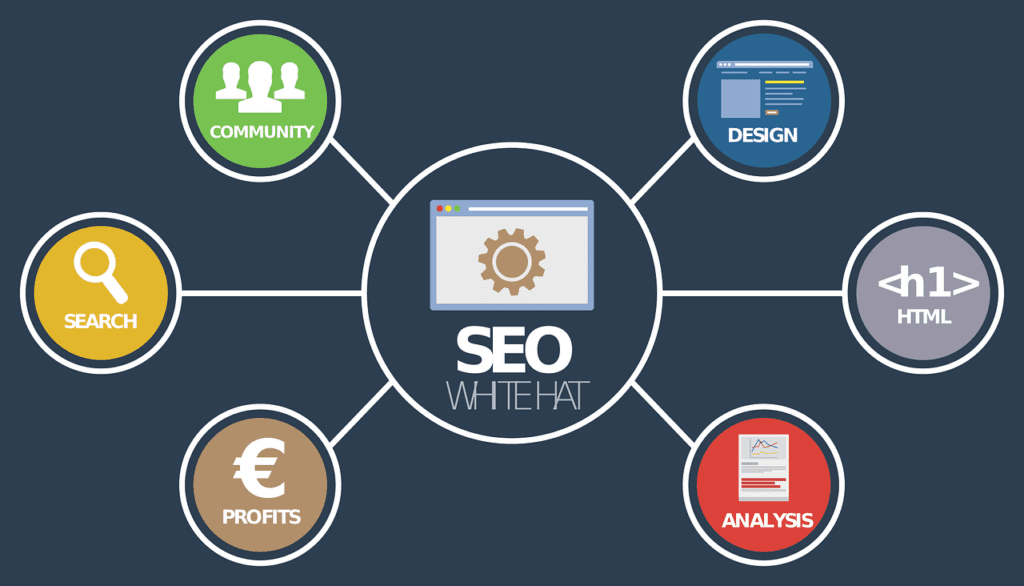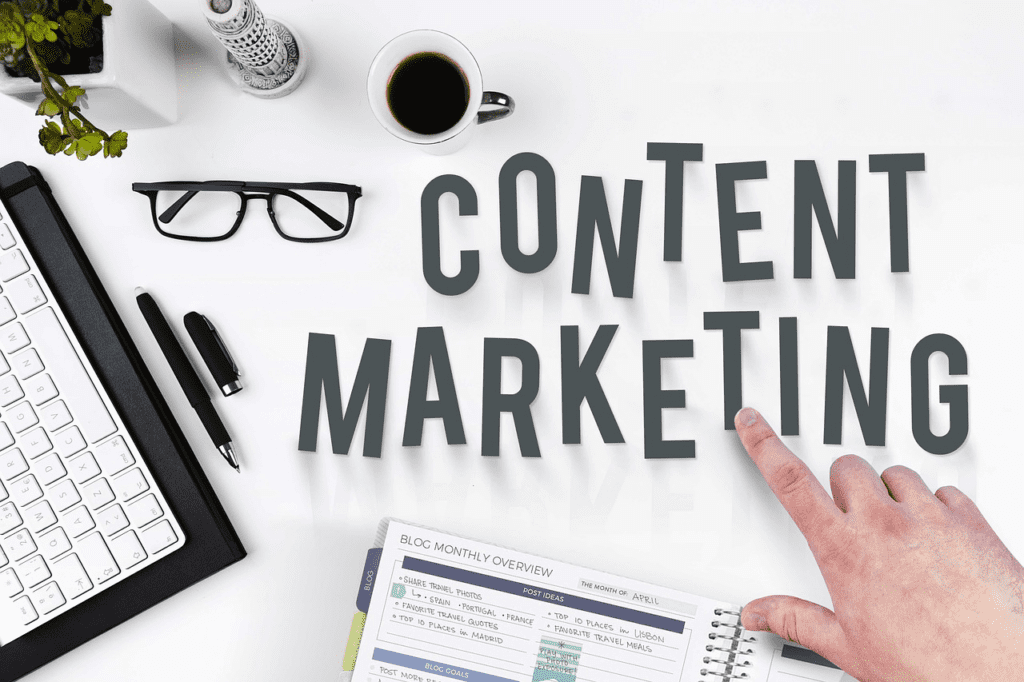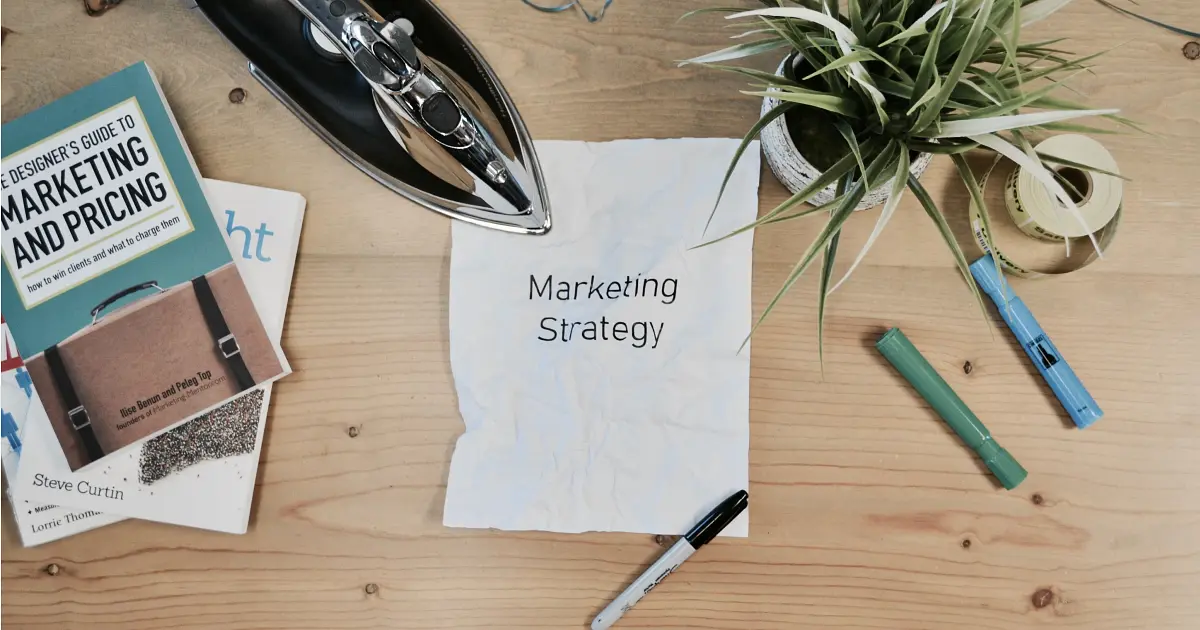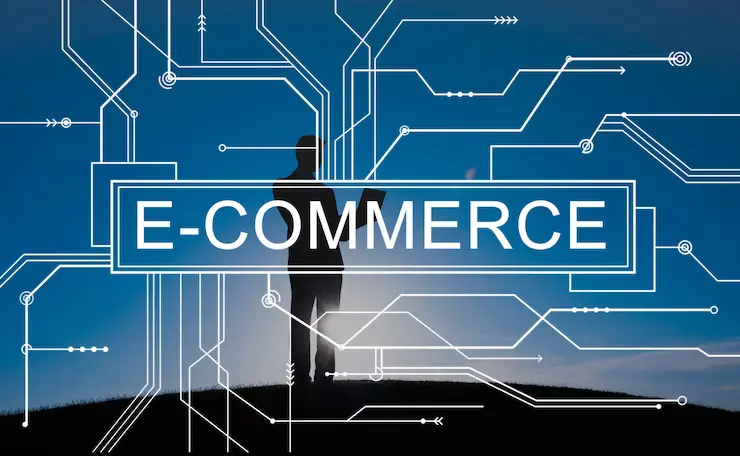Attention B2B marketers! In the ever-evolving realm of digital marketing, the struggle between choosing organic traffic vs paid traffic continues. As you strive to boost your brand’s visibility and generate leads, you’re faced with a crucial question: Which avenue should you pursue? Is the slow and steady climb of organic traffic worth the effort, or should you invest in the fast-paced world of paid traffic?
We’ll explore the advantages and disadvantages of both approaches, aiming to find the ultimate answer to the popular question: which is better between organic traffic vs paid traffic? So learn with us about the most integral part of digital marketing.
What Is Organic and Paid Traffic?
Organic traffic is defined as visitors arriving at your website in unpaid, natural ways. It happens when individuals find your website through search engine results or other non-payment methods. In simpler terms, organic traffic is generated by the relevancy and visibility of your website’s content, making it an essential part of long-term digital marketing plans. You may attract organic traffic and boost your online visibility by optimizing your website for search engines and creating high-quality, relevant content.
Paid traffic, on the other hand, is using advertisements or sponsored content to bring users to your website. Paid traffic entails investing in various advertising channels, such as search engine advertising or social media ads, to promote your company and reach your target audience more quickly. This method provides rapid visibility and can be extremely efficient for generating leads and raising brand awareness in a short amount of time.

The Main Difference Between Organic Traffic vs Paid Traffic
Organic and paid traffic differ primarily in their sources, cost, sustainability, and immediacy. Organic traffic comes from unpaid sources, including search engine results, social media shares, backlinks, and referrals. The relevancy and quality of your website content have a key role in generating organic traffic, thus making it a sustainable strategy. Organic traffic takes time to establish and necessitates ongoing work in search engine optimization (SEO), content production, and online presence development.
While organic traffic may not give immediate benefits, it is more cost-effective in the long run because you are not paying for each click or visitor. Paid traffic, on the other hand, involves spending money on advertising to get people to your website. Some common methods of gaining paid traffic are search engine marketing, social media ads, display ads, or other forms of paid promotion.
Paid traffic provides immediate visibility and can quickly produce targeted leads. However, budget allocation and continuing optimization are required to ensure cost efficiency and efficacy. When you stop paying for adverts, traffic tends to drop, making it a more temporary option.
Benefits of Organic Traffic
Organic traffic focuses on building a strong online presence and attracting visitors naturally. Let’s discuss in detail some of the main and most important benefits of organic traffic:
- Free of Cost
- Increased ROI
- Boosted Search Engine Ranking
- Increased Credibility
- Relevant Traffic
- Connected Marketing Approach

1- Free of Cost
One of the significant advantages of organic traffic is that it doesn’t require a direct monetary investment. Unlike paid traffic, which involves paying for advertisements or clicks, organic traffic is driven by the relevance and visibility of your website’s content. You can attract organic traffic by consistently producing high-quality, informative content and optimizing your website for search engines without incurring additional expenses.
2- Increased ROI
Organic traffic can provide a higher return on investment compared to paid traffic. While building up organic traffic requires time and effort, the long-term benefits can be substantial. Once your website gains visibility and credibility in search engine rankings, the continuous flow of organic traffic can lead to consistent lead generation and conversion. This sustained ROI makes organic traffic a cost-effective and sustainable approach for businesses in the long run.
3- Boosted Search Engine Ranking
A significant advantage of organic traffic is its positive impact on search engine rankings. When your website consistently generates valuable content that aligns with search intent and utilizes relevant keywords, search engines recognize its relevance and authority. As a result, your website’s ranking in search engine results improves, leading to increased organic visibility and higher chances of attracting targeted traffic.
4- Increased Credibility
Organic traffic contributes to building credibility and trust among your audience. People who find your website through organic search results perceive your content as trustworthy and reliable. This perception of credibility can enhance your brand image, establish your expertise in your industry, and foster long-term relationships with your audience. Organic traffic helps create a positive brand reputation, which is essential for gaining customer loyalty and attracting repeat business.
5- Relevant Traffic
Organic traffic tends to bring in more relevant visitors to your website. Since organic traffic is driven by search engine results or other natural sources, people are likelier to click on your website if it aligns with their search intent. This means that organic traffic generally attracts genuinely interested visitors to your products or services, increasing the chances of conversion and customer retention. You can attract and retain a highly relevant audience by providing valuable content that addresses their needs.
6- Connected Marketing Approach
Organic traffic supplements other marketing activities, resulting in a more integrated marketing strategy. You may establish a synergy between different marketing methods by creating high-quality content, optimizing it for search engines, and promoting it through social media or other channels. Sharing your content on social media networks, for example, can bring organic traffic to your website, while linking back to your website from guest posts or referral sources can improve your organic search visibility. This comprehensive strategy maximizes the effectiveness of your total marketing efforts.
By leveraging these advantages, businesses can establish a strong online presence, attract the right audience, and drive sustainable growth in the long run.
Benefits of Paid Traffic
Despite its associated costs, paid traffic offers compelling benefits, making it an effective business strategy. Let’s explore each benefit in detail:
- Instant Results
- Greater ROI
- Data for SEO
- Attracts Higher Leads
- A/B Testing

1- Instant Results
One of the most significant benefits of paid traffic is its potential to produce immediate results. Unlike organic traffic, paid traffic lets you immediately reach your target demographic. You may instantly attract visitors to your website and start producing leads or conversions by running well-targeted advertisements on search engines or social media sites. Because of this immediate impact, bought traffic is an excellent solution for organizations seeking quick results or time-sensitive campaigns.
2- Greater ROI
When managed properly, paid traffic can potentially deliver a higher return on investment. You can guarantee that your ad spend is focused on the right people at the right time by carefully targeting your audience, optimizing ad campaigns, and tracking key performance indicators (KPIs). Paid traffic can yield a higher conversion rate with precise targeting and continual optimization, resulting in a larger ROI when compared to other marketing channels.
3- Data for SEO
Paid traffic campaigns might provide useful data for informing your SEO efforts. You can learn about the performance of keywords, ad copy, landing pages, and audience behavior through sponsored traffic campaigns. This data can assist you in determining which keywords and messaging are most effective with your target audience, allowing you to fine-tune your SEO efforts. You may optimize your organic content to boost search engine visibility and attract more organic traffic over time by integrating data from paid traffic initiatives.
4- Attracts Higher Leads
Paid traffic can bring in higher-quality leads who are more likely to become customers. You can filter your audience based on demographics, interests, behavior, and other criteria using advanced targeting capabilities offered in advertising platforms. These specifications help you target your preferred audience for your products or services. As a result, buying traffic can generate prospects more likely to convert, resulting in greater sales and revenue.
6- A/B Testing
A/B testing and optimization are possible with paid traffic campaigns. You can analyze performance metrics and determine the most effective combinations by running several variations of your advertising, landing pages, or call-to-action elements. This iterative testing and optimization process allows you to boost conversion rates and maximize the efficiency of your ad expenditure. You can obtain greater results over time by regularly monitoring and optimizing your sponsored traffic initiatives.
By leveraging paid traffic effectively, businesses can quickly reach their target audience, drive conversions, and gather insights to enhance their overall marketing strategies. However, it is crucial to carefully plan and manage paid traffic campaigns to ensure cost-effectiveness and maximize the return on investment and stand out from other businesses.
Factors to Consider While Choosing an Advertising Strategy
An advertising strategy is very important before starting any ad campaign. Whether you are going for paid traffic or organic, you need to be careful of the factors that can lead to the success of your marketing strategy. Here is a list of important things to consider before choosing an advertising strategy:
- Budget
- CPC
- SERPs
- Projected Timeline
- Quality vs Quantity

1- Budget
Evaluate your financial resources and determine how much you can allocate to advertising. Paid traffic requires a direct investment to fund advertising campaigns, whereas organic traffic focuses on optimizing your website and content without incurring direct costs. Consider your budget constraints and choose a strategy that aligns with your financial resources.

2- CPC (Cost Per Click)
Research the average cost per click (CPC) in your industry and target market for paid advertising. CPC varies based on industry competitiveness, keyword demand, and audience targeting. Assessing the CPC helps determine the affordability and feasibility of running paid campaigns within your budget.
3- SERPs (Search Engine Results Pages)
Analyze the competitiveness of your industry in search engine rankings. Achieving organic visibility may be challenging and time-consuming if your keywords face intense competition. In such cases, incorporating paid traffic can provide a quicker route to gaining exposure and attracting visitors to your website.
4- Projected Timeline
Consider the timeline for achieving results. Paid traffic campaigns often yield quick results since they can immediately generate traffic to your website. Organic traffic, however, takes time to build as it relies on optimizing your website and creating valuable content. Align your advertising strategy with your timeline goals, whether you need immediate results or are willing to invest in a long-term organic growth strategy.
5- Quality vs Quantity
Assess whether you prioritize attracting a larger traffic volume or focusing on quality and relevance. Paid traffic campaigns can generate more visitors since they target specific demographics or interests. Organic traffic, on the other hand, tends to attract more qualified leads who are genuinely interested in your offerings. Consider your marketing goals and whether you seek a broader reach or targeted engagement.

By carefully examining these aspects, you can make an informed decision about your budget, goals, and overall marketing plan. Remember, a comprehensive approach may involve a combination of organic and paid traffic strategies to maximize your reach, generate leads, and drive conversions.
Bottom Line
This blog explored the debate between organic traffic vs paid traffic strategies. Organic traffic, derived from unpaid sources, offers cost-free benefits such as increased credibility, boosting search engine ranking, and relevant traffic. It requires continuous effort but provides a sustainable long-term approach.
Paid traffic, involving advertising investment, offers instant results, the potential for higher ROI, and the ability to attract targeted leads. Factors to consider include budget, CPC, SERPs, projected timeline, and the balance between quality and quantity. Both strategies can be effective, and a combination may be the best approach for maximizing reach and conversions.
FAQs
Do we need a limited budget for paid advertising?
Yes, having a budget for paid advertising is necessary as it allows you to allocate resources effectively, reach your target audience, and maximize the impact of your campaigns.
Which one is better organic or paid SEO?
Both organic and paid SEO have their advantages. Organic SEO provides long-term sustainability and credibility, while paid SEO offers immediate results and precise targeting. The choice depends on your specific goals, resources, and timeline.




